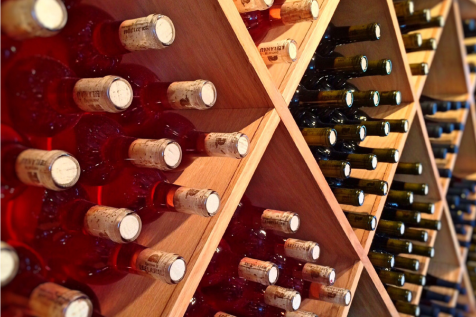HOW TO DETECT BAD WINE
07/08/2024 10:15:13
Home

Recognising a bad wine can be crucial to enjoying a good wine experience. Here are several indicators that can help you determine if a wine is in poor condition.
These tips can help you avoid a bad experience and ensure you get the most out of every bottle of wine.
Visual Inspection
-
Check the Cork:
- A cork that is protruding from the bottle could indicate that the wine has been exposed to heat.
- A crumbly or disintegrating cork might suggest that air has entered the bottle.
-
Examine the Wine:
- Look for any cloudiness or sediment in a wine that is supposed to be clear.
- Check for color changes. White wine that has turned brownish or red wine that looks brown or brick-colored might be bad.
Smell the Wine
- Sniff for Off Odors:
- A musty or moldy smell could indicate cork taint, often described as smelling like a damp basement or wet cardboard.
- Vinegar or nail polish remover scents suggest that the wine has oxidized or turned to vinegar.
- A cooked or burnt smell can indicate that the wine has been heat-damaged.

Taste the Wine
- Sample a Small Amount:
- A sour or sharp taste can indicate that the wine has turned to vinegar.
- A wine that tastes flat, lacking fruit, or overly acidic might be past its prime.
- Chemical or bitter flavors are also indicators of bad wine.
Bottle Condition
- Check for Leakage or Damage:
- Any leakage around the cork or capsule can be a sign of spoilage.
- A damaged or broken seal can let air in, which spoils the wine.

Additional Tips
- Check the Wine's Storage History:
- Wine that has been stored improperly, especially in fluctuating temperatures, is more likely to go bad.
- Consider the Age of the Wine:
- Most wines are meant to be consumed within a few years of release, although some are designed to age for longer periods. If a wine is past its recommended drinking window, it might not taste as intended.


